Dieser Beitrag ist auch verfügbar auf: Deutsch
As a Stryd enthusiast from the very beginning, I was very excited about the big hardware update. Here you can find out whether it is worth exchanging the Stryd Wind for a Stryd NG.
Anzeige: The manufacturer provided me with the product for this test at my request. This had no influence on the content of my test report. The article is freely written and exclusively reflects my personal experiences.
Inhalt / Content
Running with Power
For years now, the Stryd has accompanied me on every single training run and in competitions. I wouldn’t want to do without it for load control in training and optimal race pacing. That’s why you’ll find numerous articles on the subject here on the blog, where you can read more about the topic.
Stryd Next Generation
First Impression

The Stryd Next Generation comes in exactly the same packaging as its predecessor, the Stryd Wind. I find this quite positive in terms of sustainability.


At first glance, the Stryd pod is pretty much the same. But when unpacking it, it is obvious that Stryd has done its homework and made sensible changes.
This already starts on the back of the running sensor: the smooth surface has given way to a ribbed structure. Together with the revised clip, this ensures a better fit of the Stryd on the laces.
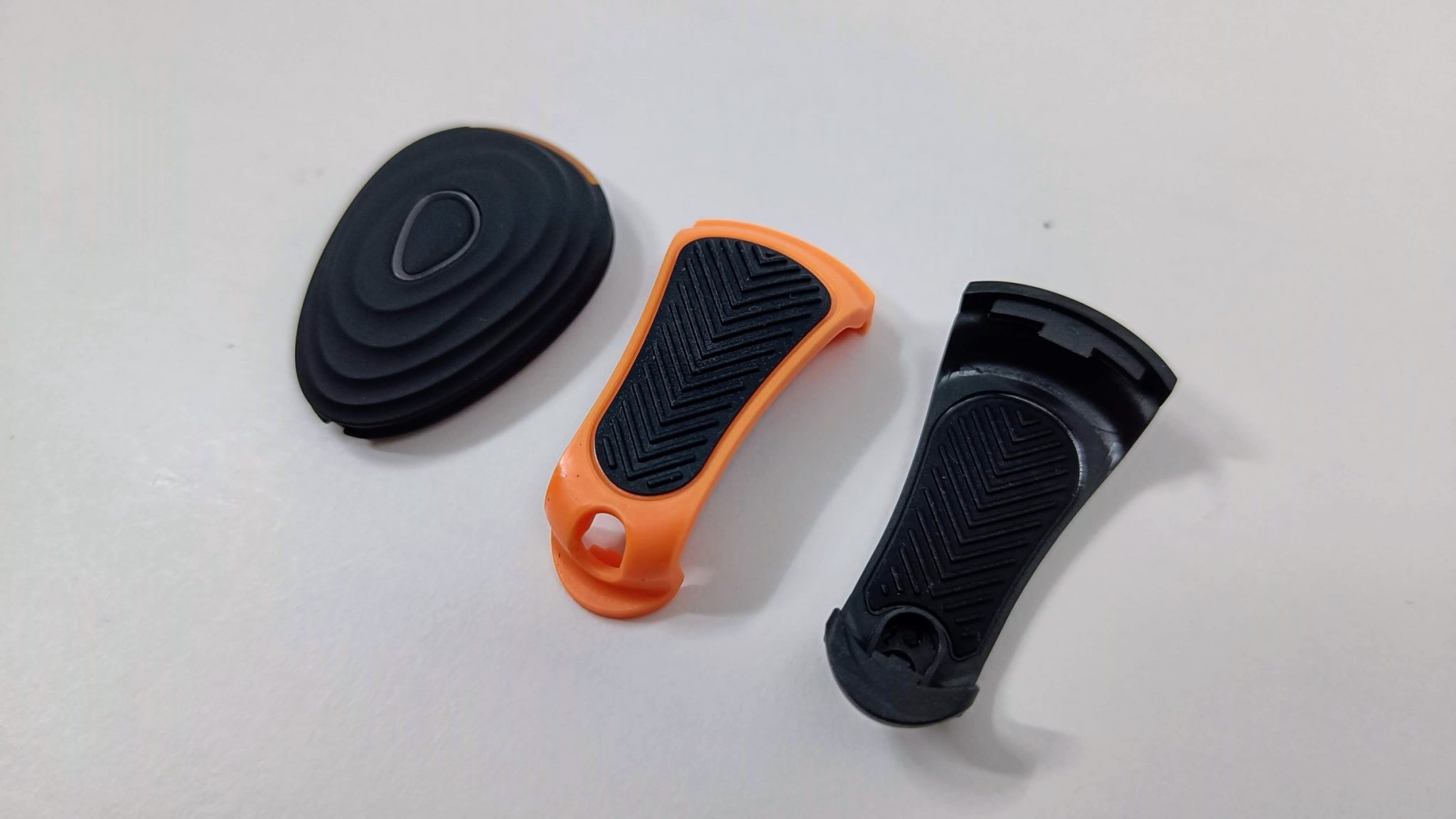
Both clips supplied have a matching rubber coating as a counterpart, which is even repeated on the outside. This should keep unwanted movements of the pod to a minimum, even in difficult fastening situations (not all shoes are the same).

Another attachment update is the metal insert on the back of the Stryd NG. There have been repeated reports of runners losing their Stryd during training because plastic parts of the attachment had broken off or had deteriorated over time and constant shoe changes.
This should no longer happen with the new generation. In addition, the housing is now made of a new fibre material that is supposed to be much more robust.
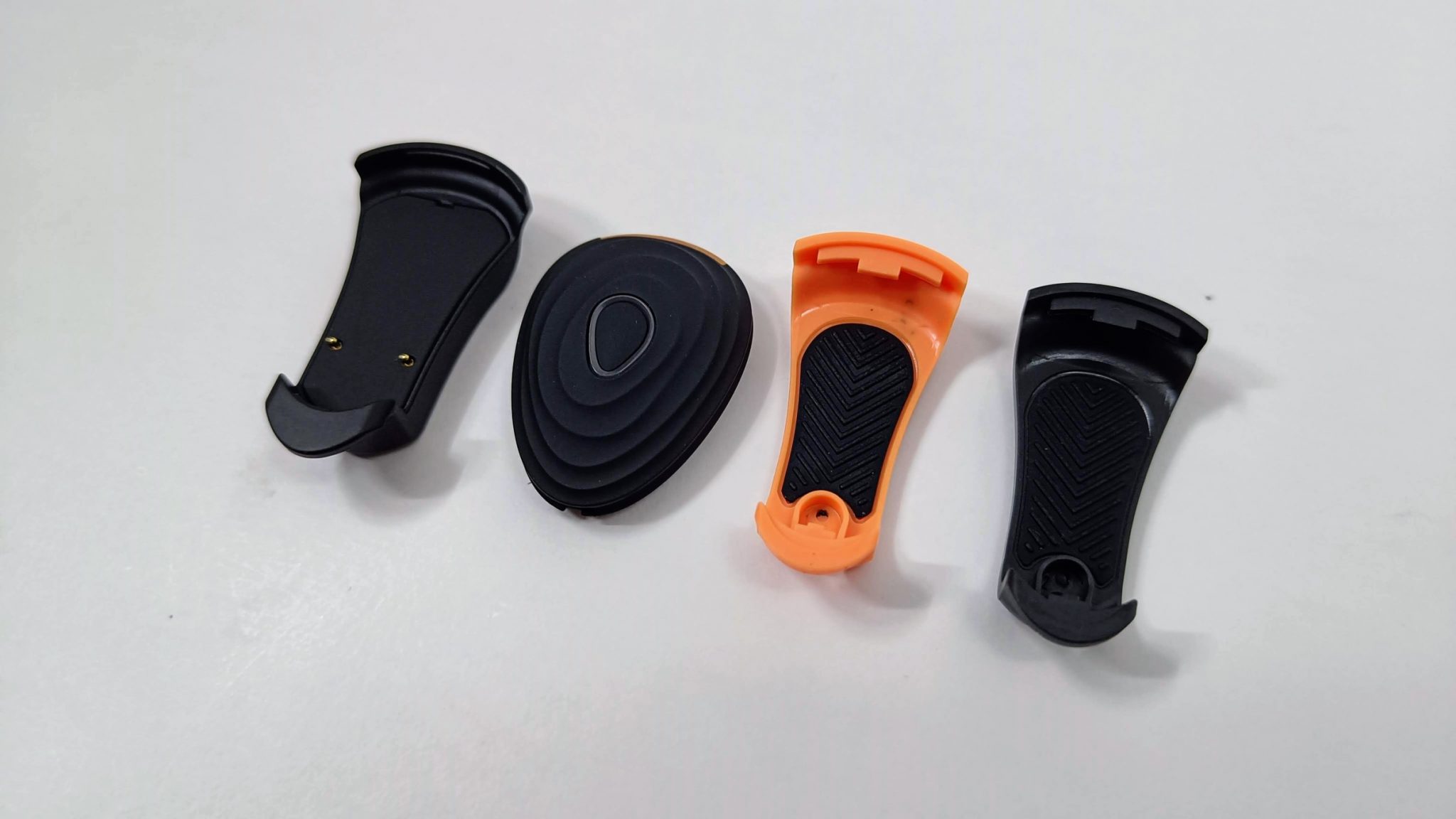
Of course, included in the package is a charging clip with a matching USB cable. It seemed to me to have remained unchanged – until I had to charge it for the first time:
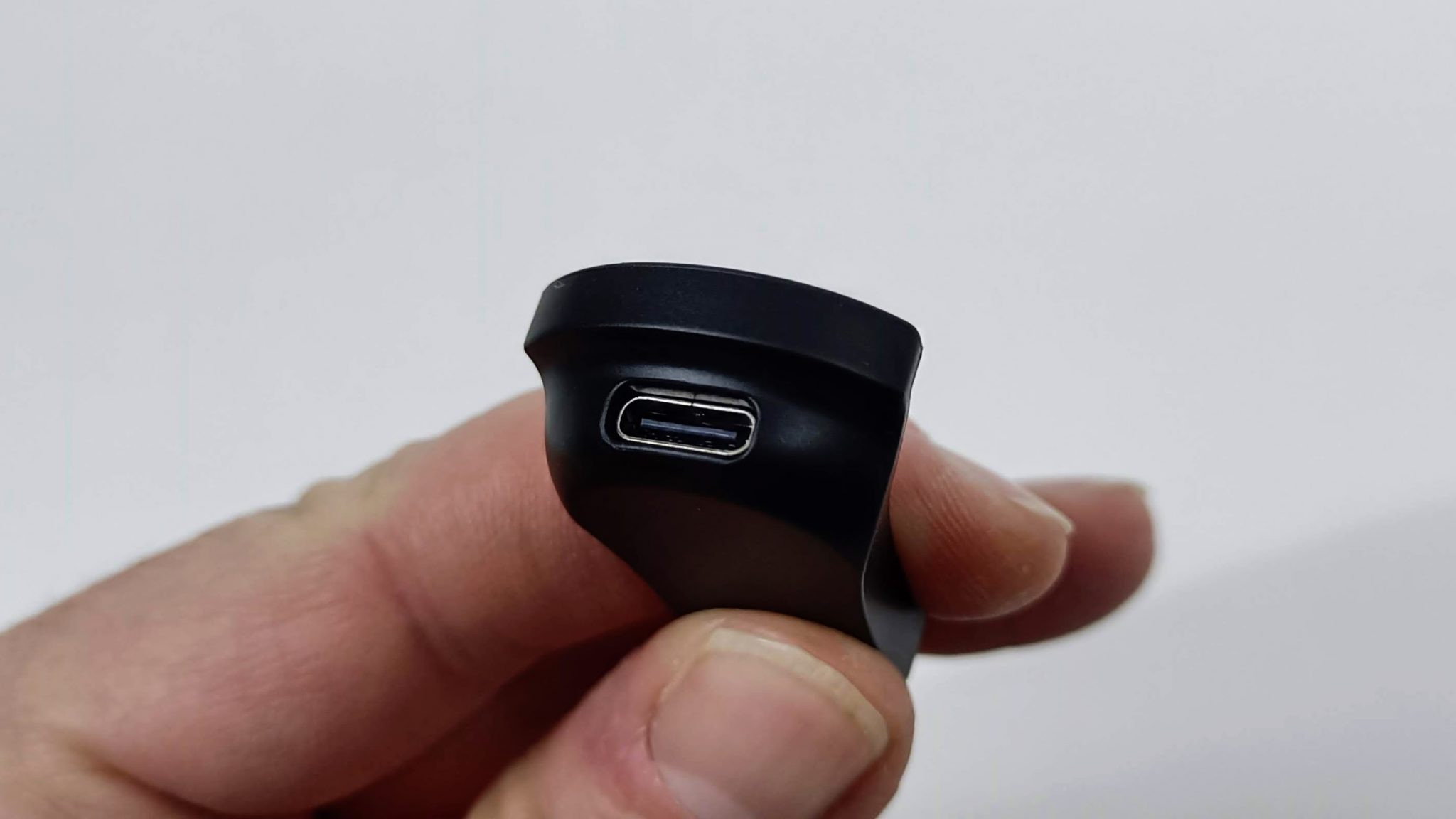
Stryd has given the clip a USB-C port, which for me minimises cable clutter in my charging corner and is also much more practical when travelling.
These may all be minor improvements, but they clearly show that Stryd has listened to its users and implemented their wishes.
What’s new with the Stryd NG?
The real news lies inside the small, black puck. It seems that new sensors have been installed there that react much more sensitively to the running movement and are therefore 5 times more responsive compared to the Stryd Wind.
The significantly increased measuring point density has probably also brought about an adjustment of the internal algorithm and thus an overall improvement in the precision of the results.
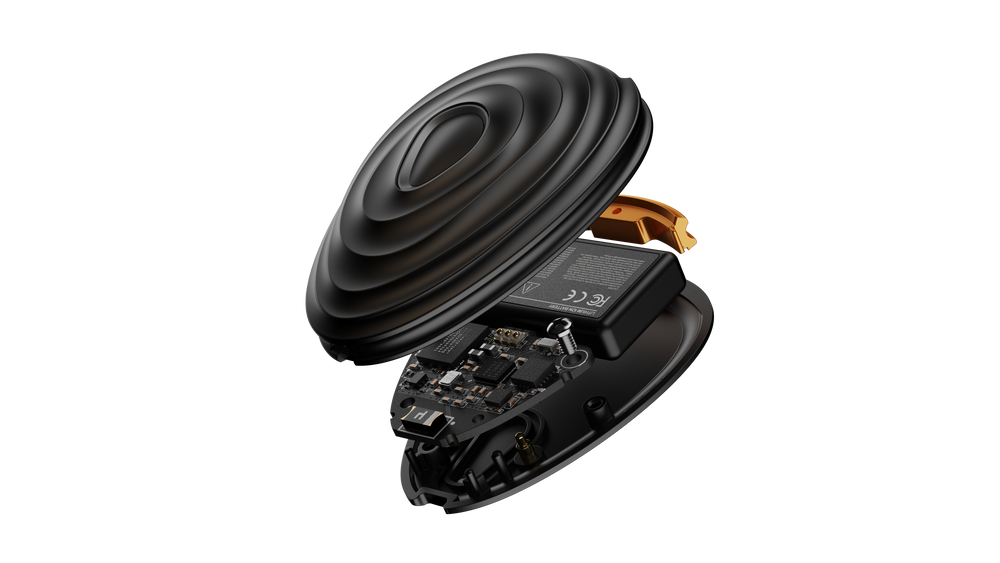
But Stryd has also created new incentives for the purchase on the software side. Two new metrics (Impact Loading Rate and Lower Body Stress) are intended to record the load on the legs during running and thus provide additional information for training control and regeneration.
Another option are the new running profiles. This allows the Stryd to be set to one of five modes:
- Run (Standard)
Here, the Stryd works exactly as before. This mode is always active as long as no other mode is selected. So also in connection with devices that do not allow a profile change (Coros, Polar, Suunto). - Track Run
For training on the track, the elevation measurement is deactivated in order to provide even cleaner data. - Trail Run
When running off-road, Stryd does not consider it useful to provide too precise data. Therefore, the mode always works with a 30-second average and there is also no alarm when falling below a set target zone. - Treadmill Run
When running on the treadmill, Stryd also deactivates the elevation measurement and switches off the air power to avoid irritations caused by the frequently used fans. Of course, there is no GPS track either. - Indoor Run
This mode is almost identical to the Treadmill Run, except that Air Power is still measured here.
However, to use these modes, you need to use the Stryd workout app on a Garmin watch or an Apple Watch.
Running Experience
I have had enough experience with the Stryd Wind to be able to use it as a good reference. It has never let me down or produced strange values. I have also optimised the correction factor over many, many kilometres, so that I can also rely on the distance measurement (within the bounds of possibility).
When I compared the two Stryds directly, I was of course particularly curious to see whether the power values were identical. With a new algorithm, slightly different measured values could come about…
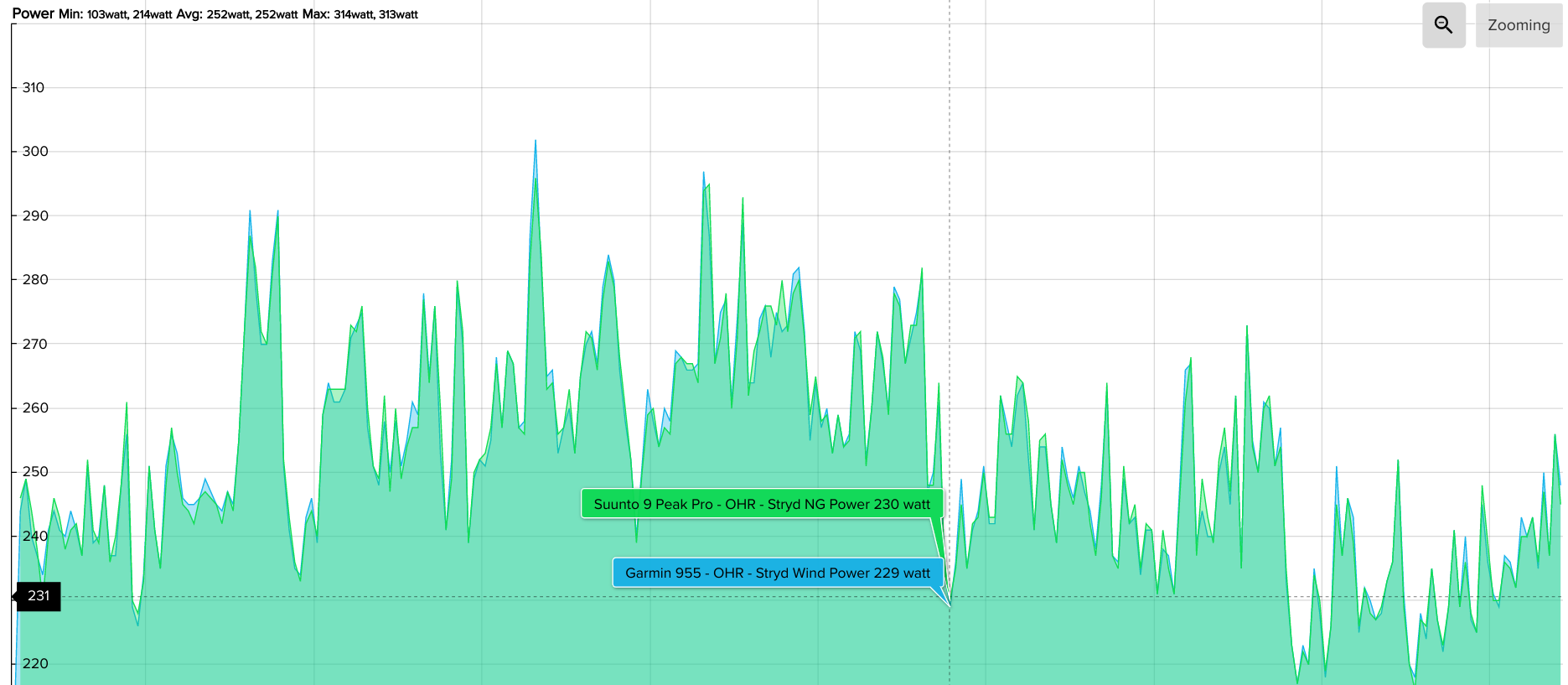
But the picture always looked pretty much the same as above. The minimal differences may only be because the pods were not mounted on the same foot.
But what totally irritated me from the first run on was that the distances were almost always identical, or at least very close to each other. This was despite the fact that the Stryd NG had not yet received a correction factor, but was running with the factory setting of “100.0”.
At first I thought it was a mistake and checked everything twice. Fortunately, there were deviations every now and then 😉 But all in all, I am very impressed with the distance measurement.
However, I had expected more from the significantly faster reaction of the power values during sprints or intervals. Even with fast changes in speed, the two curves were always like two peas in a pod.
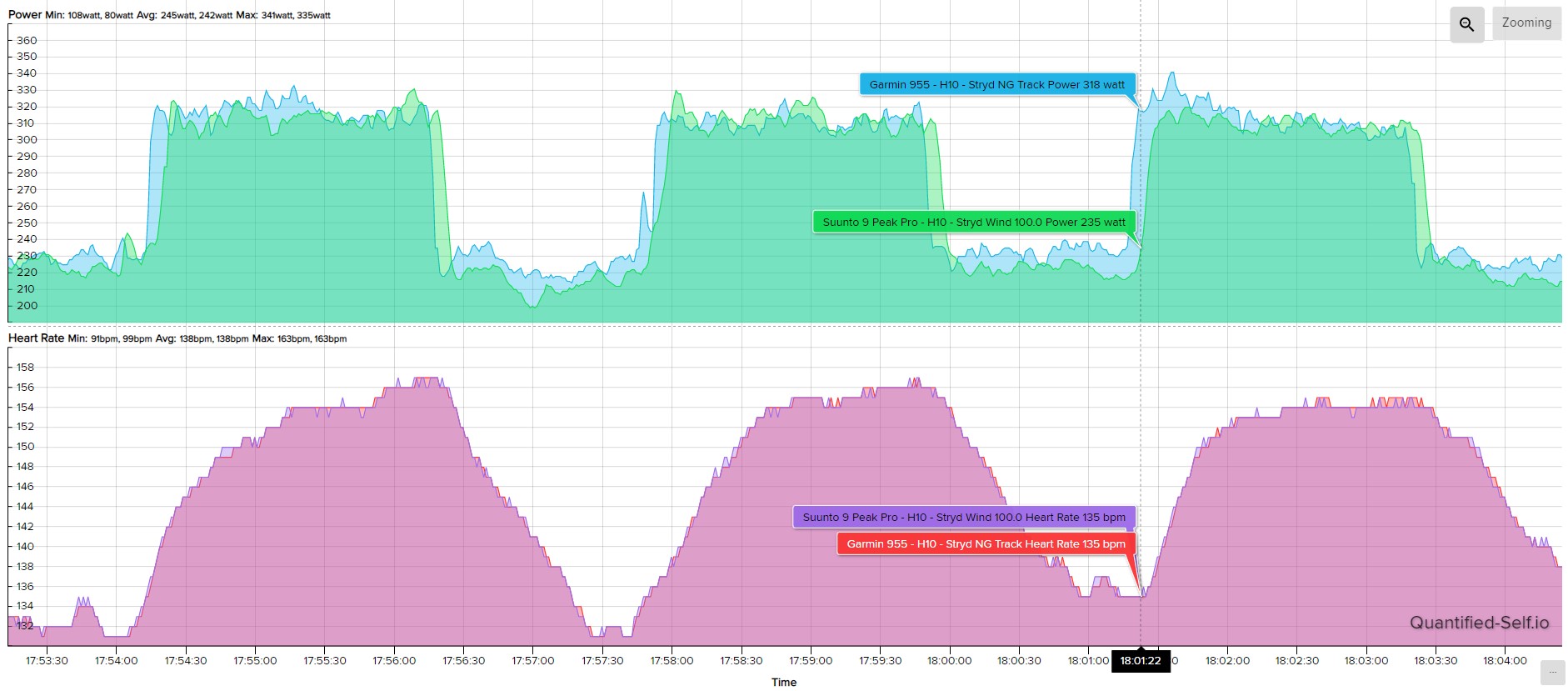
The picture only changed when I tried out the new running profiles. Above, an interval workout in track mode. Slight shifts in the curves often result from the fact that you never start the watches at exactly the same time. That’s why I took the heart rate curve as a reference, because both watches were connected to the same chest strap at the same time (Polar H10).
Result: the watt values of the Stryd NG were clearly more responsive on the watch and in the recording. Previously, my experience was always that I could not rely on the wattage values for the first approx. 5 seconds in an interval. With the Stryd NG (and the Stryd workout app on the Garmin), the values seemed very precise to me from the first second. And without sudden fluctuations, but with the usual calm precision.
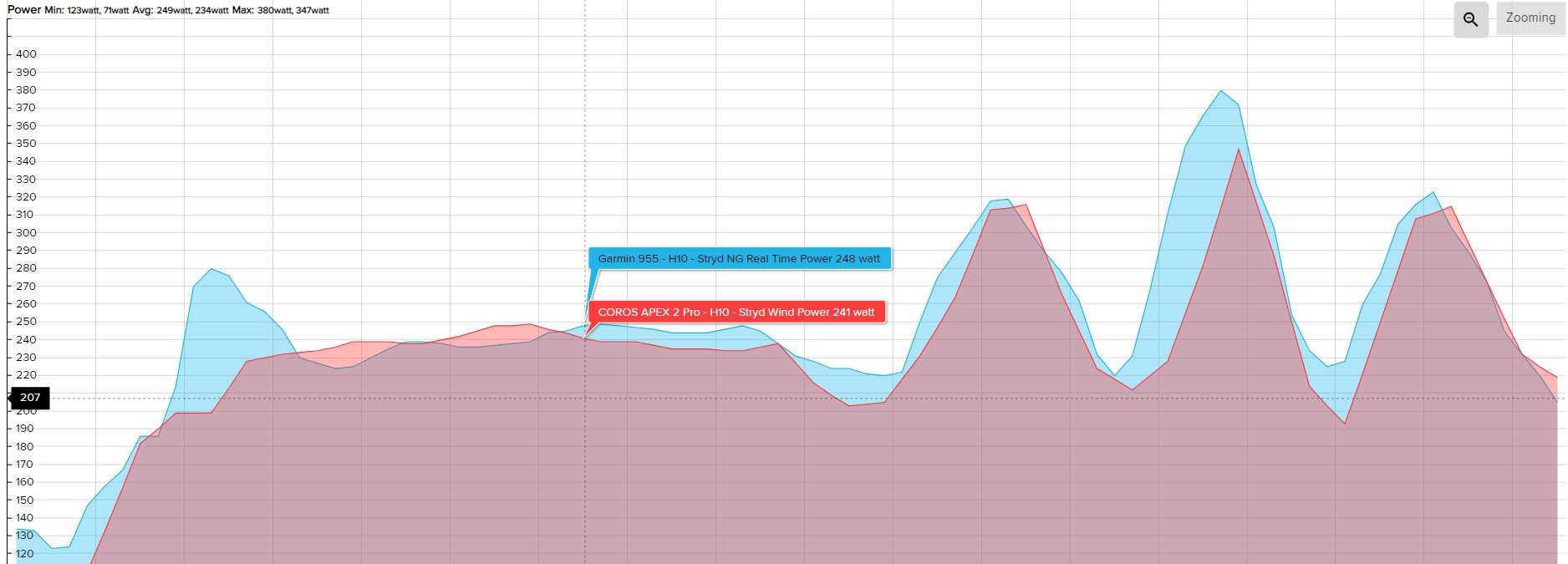
On the other hand, I wondered whether the difference might not just be because the Stryd app uses Real-Time Power instead of 3s Power in Track mode. The display of the wattage averaged over three seconds has actually established itself as the standard because real-time power is much too unstable. At least until now.
Above is an example of a test run with real-time power on the Stryd NG and 3s power on the Stryd Wind. Except for the one strange peak at the beginning, both curves are very comparable. There seems to be no reason to use the 3s power value on the Stryd NG anymore. In the small sprints, the new Pod was again slightly superior.
Impact Loading Rate and Lower Body Stress Score
The new metrics were announced with the Stryd NG, but I only saw them a week ago in the Stryd Powercenter or the app. To be honest, I can’t yet see any added value in them, as the values behave almost identically to Power for me.
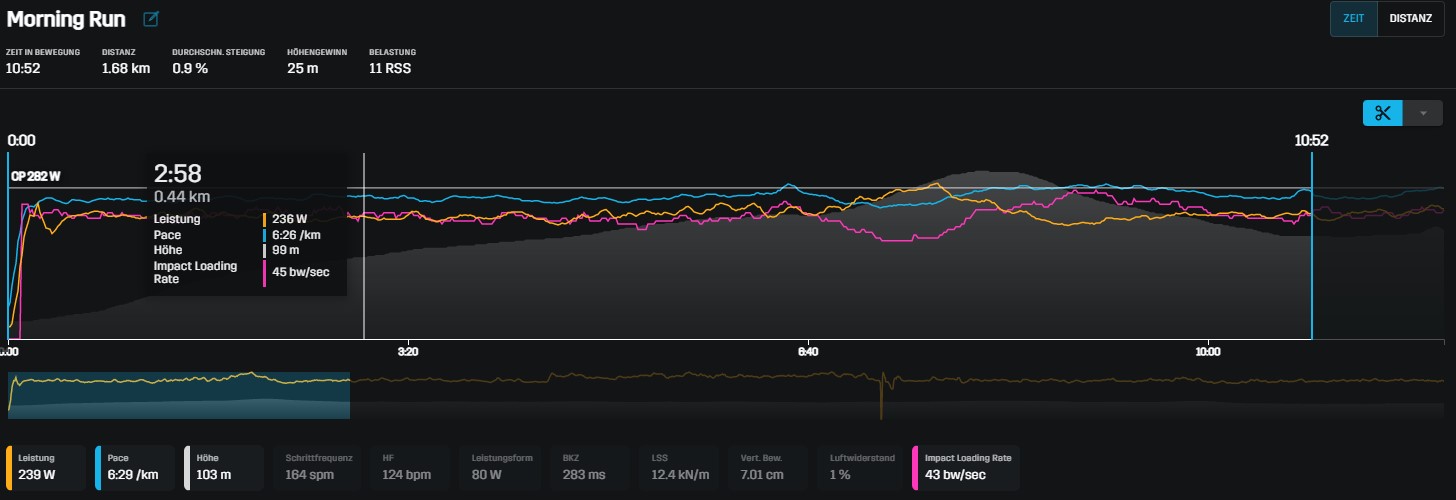
The only exception: the value drops noticeably on the uphill and is slightly higher on the downhill. For profiled routes, this may make a relevant difference in the load assessment. For me as a lowlander, the benefit seems to be rather limited. But this is only a first impression based on a few data sets.
Conclusion
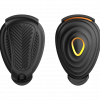
On the other hand, the difference to the Stryd Wind is not so significant that it is absolutely necessary to update to the new model. The Wind will certainly continue to serve well for a long time. However, the Stryd NG is definitely more future-proof and the best option for a new purchase.


